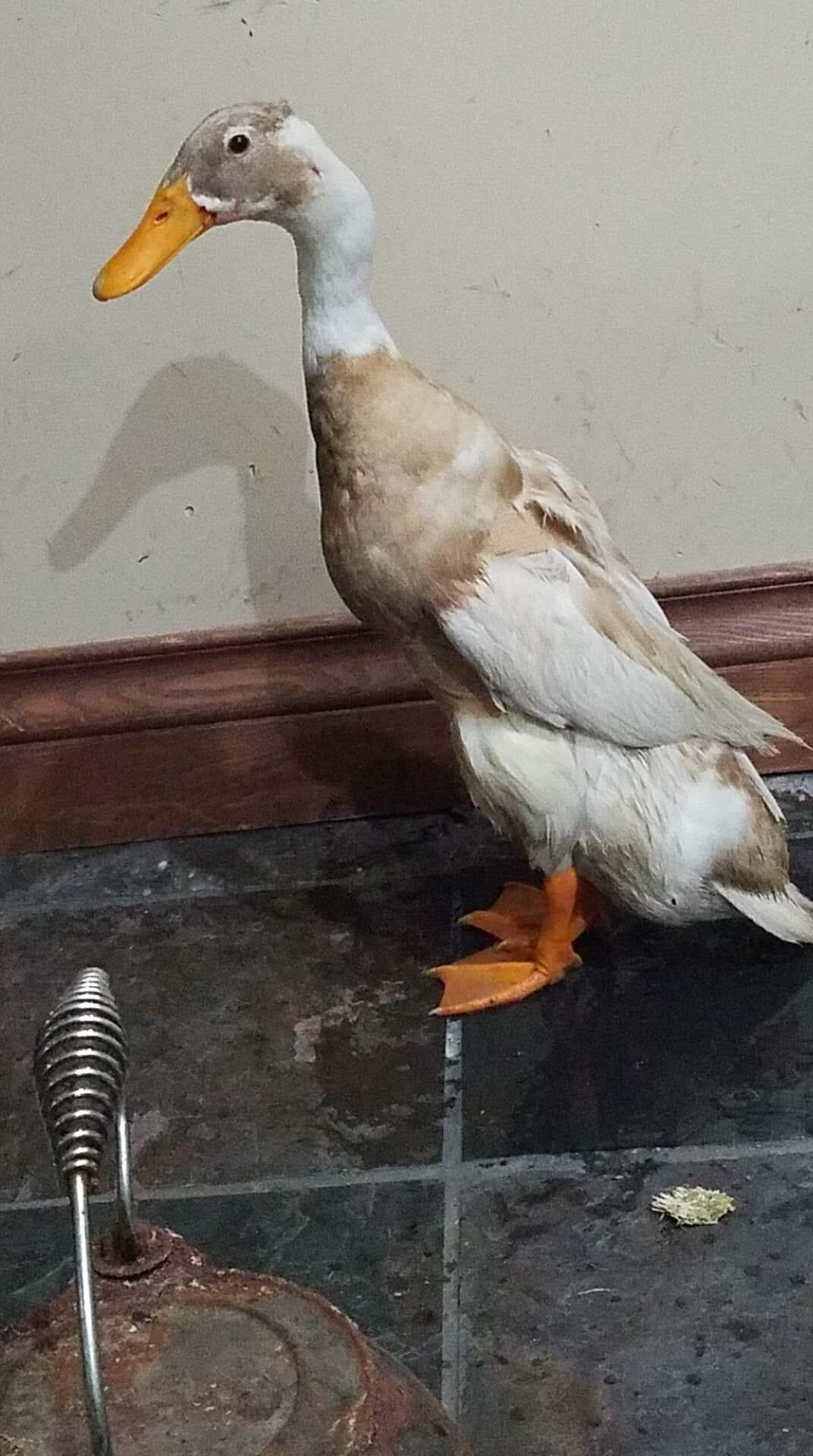Hello friends! Welcome back to the blog!
I should know better than to brag about the predator awareness of our creatures. On September 13 I wrote a post about our wonderful ducks, and how all 12 had made it through the summer. We are down to 6. The ducks had up until now enjoyed much more freedom than our chickens, because the chickens get picked off quite easily by hawks. The ducks are much more hawk-savvy than the chickens. I guess, naturally sitting in lakes and things, hawks would be their biggest threat. Foxes and coyotes don’t tend to swim out into open water to nab ducks.
The mud puddles that form on our road, and the kiddie pool we have filled to entertain the ducks, are not nearly as protective as an expansive lake. Our best guess is that the ducks believe they are safe when they are sitting in water (except for the sky predators as observed earlier) and therefore pay no mind to the land predators skulking around.
Of the 6 we have left, 1 is in the house being treated for a wound to his armpit / under wing area. On Wednesday it was a large (a little larger than a half dollar coin) wound, which appeared to have bone and meat exposed. We are managing twice-daily dressing changes, flushing the wound with Vetrycin and dabbing original Neosporin on the gauze to keep it from sticking to the wound, then wrapping a sort of harness out of vet wrap to keep the gauze in place. It appears to be healing very nicely. The scab looks gross, but to me scabs always look gross. There is no smell of infection, no appearance of pus or redness, and no noticeable heat difference between the wound and the rest of the duck. Mr. L. and I will keep Duke the Duck inside until his skin is fully closed, lest he decide to splash a bath of duck-yuck water onto his wound and bandages.
At the moment we are unsure what type of predator exactly has been making off with our precious ducks. Our answer, at least for now, is to confine them to their coop and run unless we are going to be out with them. Everyone, ducks and chickens, get a couple of hours of free roam time in the evening (between work and dark, although that window is rapidly closing as the days get shorter.)
Next year we will be working with the moveable electric poultry fence. I always am saddened to lose birds, so “accepting that there will be losses” isn’t acceptable to me, but neither is leaving them locked up all the time - without anthropomorphizing excessively, they do appear to have fun and enjoy moving about freely, plus the ducks have decimated the tick and slug populations on the property. No matter how sizeable the enclosed run is, it still gets trampled and pecked down to bare dirt in no time. And presently we have too many birds to feasibly keep them all in moveable poultry tractors to keep them on fresh grass.
Anyone with experience using electric poultry net against predators, I’d love your input! Is it worth the investment? I look forward to reading your thoughts! Please comment below, or send me an email: info@honeybunnyhomestead.com. Thanks for reading!



